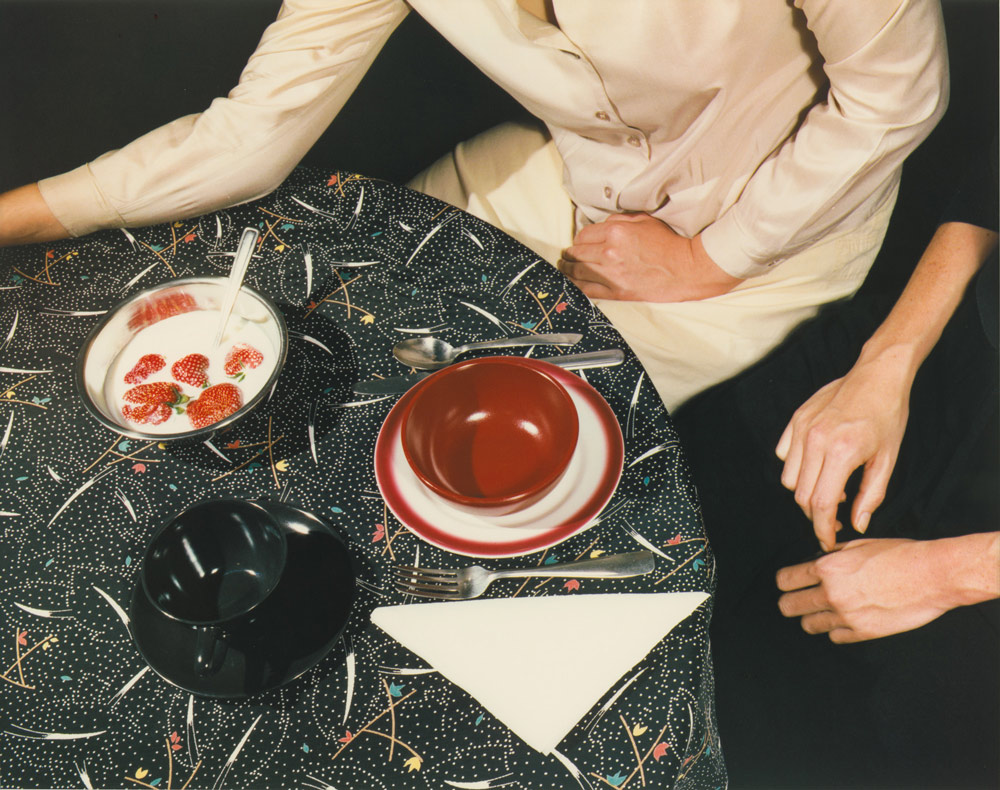
Spanning fine art, fashion and advertising, the author of Feast for the Eyes discusses the rich history of food photography through the lens of five influential images
The first-ever photograph of food was taken in 1827 by photography pioneer Nicéphore Niépce, who captured a set table within a ten-hour exposure time using a camera obscura, commonly referred to as a pinhole camera. Over the last two centuries, food photography has continued to evolve. Since the emergence of digital cameras in the 1980s and the internet in the 1990s, it has remained a focus in photography, although rarely has it been recognised as an important subject. Meanwhile, the rise of social media and blogging culture has meant that food is in fact being photographed more than ever.
In response to this, writer and independent curator Susan Bright’s book Feast for the Eyes is the first publication to explore food photography’s significant history. Bright’s book traces the development of the genre and celebrates photographers who have played a critical role in conveying ideas that go far beyond the food they have captured. Irving Penn, Stephen Shore, Wolfgang Tillmans, and Martin Parr are just a few names featured. “We understand what it means to photograph food more than ever before,” she explains. “It’s never just about the food, it’s about everything else. It’s about the person, always. Food is a symbol.”
Here, Bright discusses five photographs from Feast for the Eyes taken between 1947 and 2008.
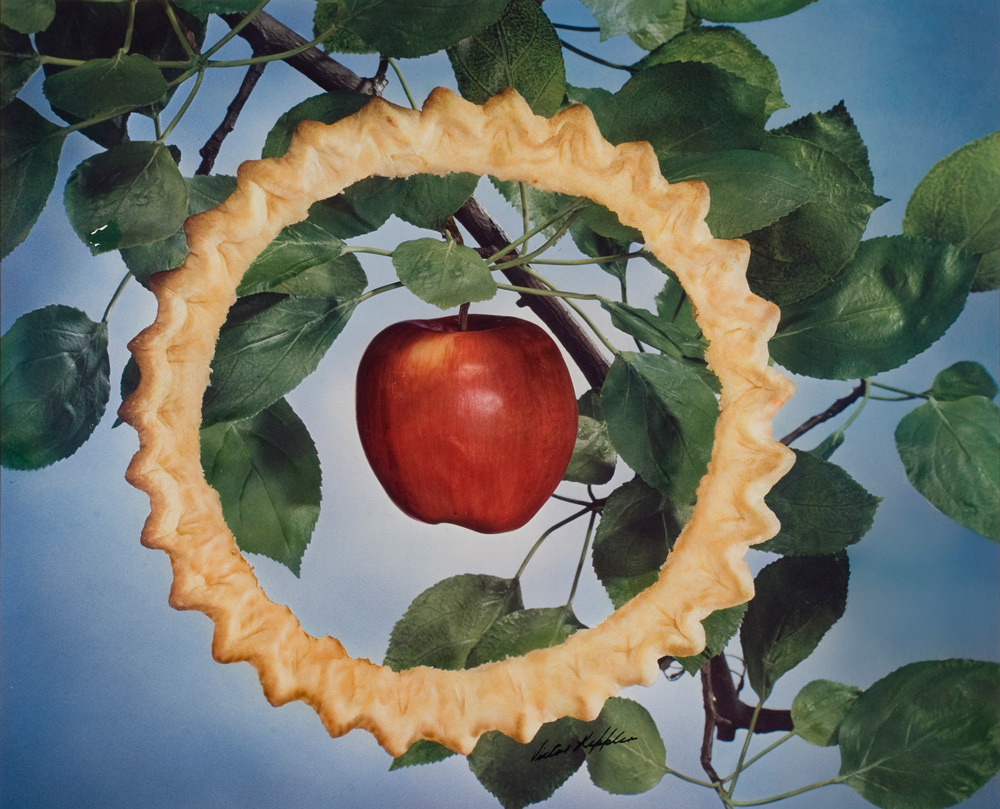 Victor Keppler, (General Mills advertising campaign—Apple Pyequick), 1947
Victor Keppler, (General Mills advertising campaign—Apple Pyequick), 1947“Keppler was amazing at advertising and colour photography. This image is made up of only four colours but it is instantly recognisable as apple pie. He was so good at paring down colours in advertisements. It is very American and nationalistic; nothing is more American than apple pie. It is about the atomic age of American shortcuts which we can understand immediately. I think it is complete genius, using photography to short circuit the brain.”
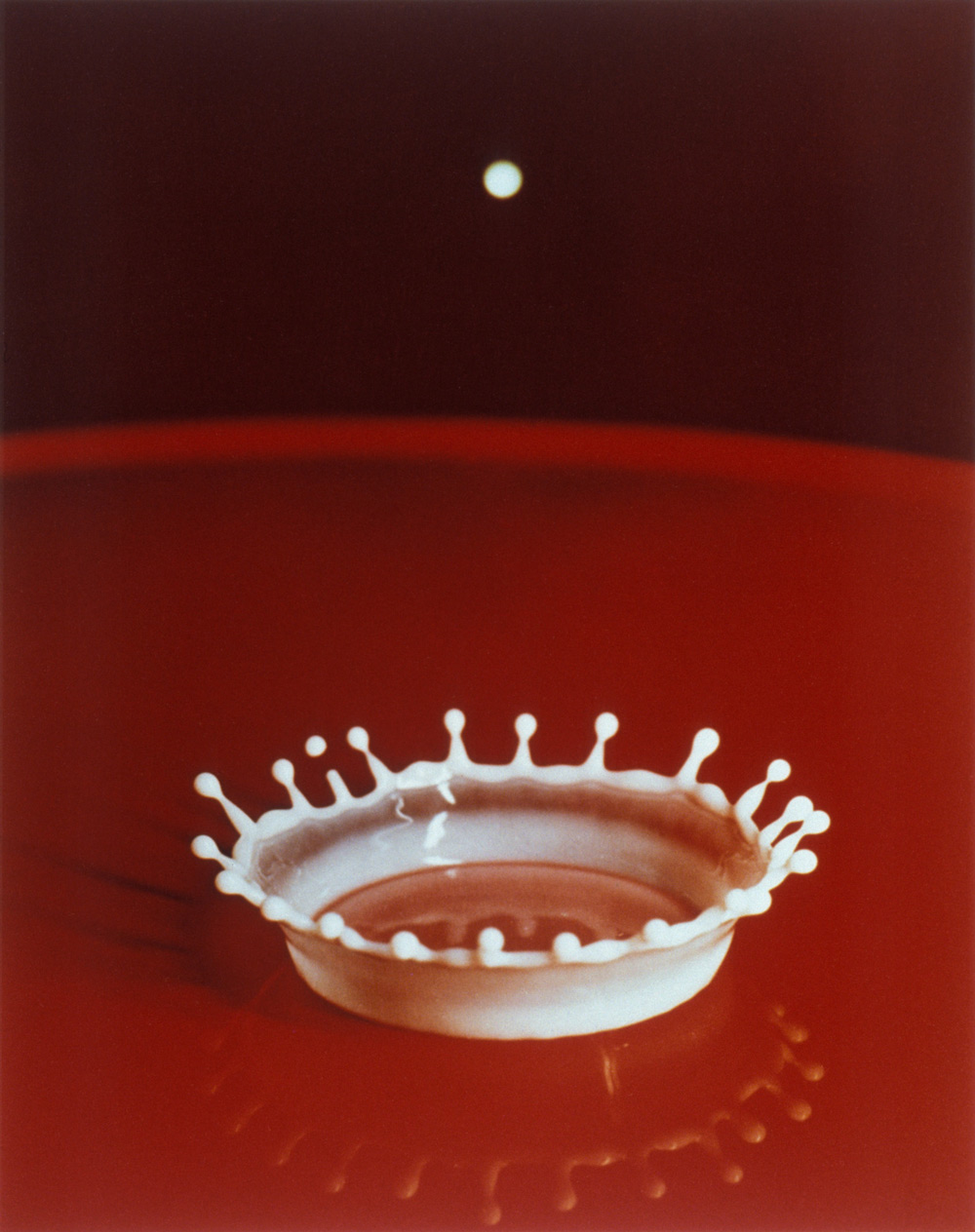 Harold Edgerton, Milk Drop Coronet, 1957
Harold Edgerton, Milk Drop Coronet, 1957“This photograph is just fantastic. Edgerton was a scientist and would claim he was never an artist, but there is a joy to this photograph. There is a mixture of science, art, wonderment and entertainment. I’ve seen this picture a million times and I still go: ‘wow’. We tend to look at the history of art through art photography but it was in science and commercial photography where huge innovations were being made.”

Jo Ann Callis, Black Table Cloth, 1979
“This is a very puzzling image, you’re not sure where you are. It’s not a diner, it’s not a home; it feels very curious. We question why there is an empty bowl and strawberries in milk. There is something illicit and cinematic about Callis’ work, a tenseness and obsessiveness about it that I really like. Her use of colour is extraordinary.”
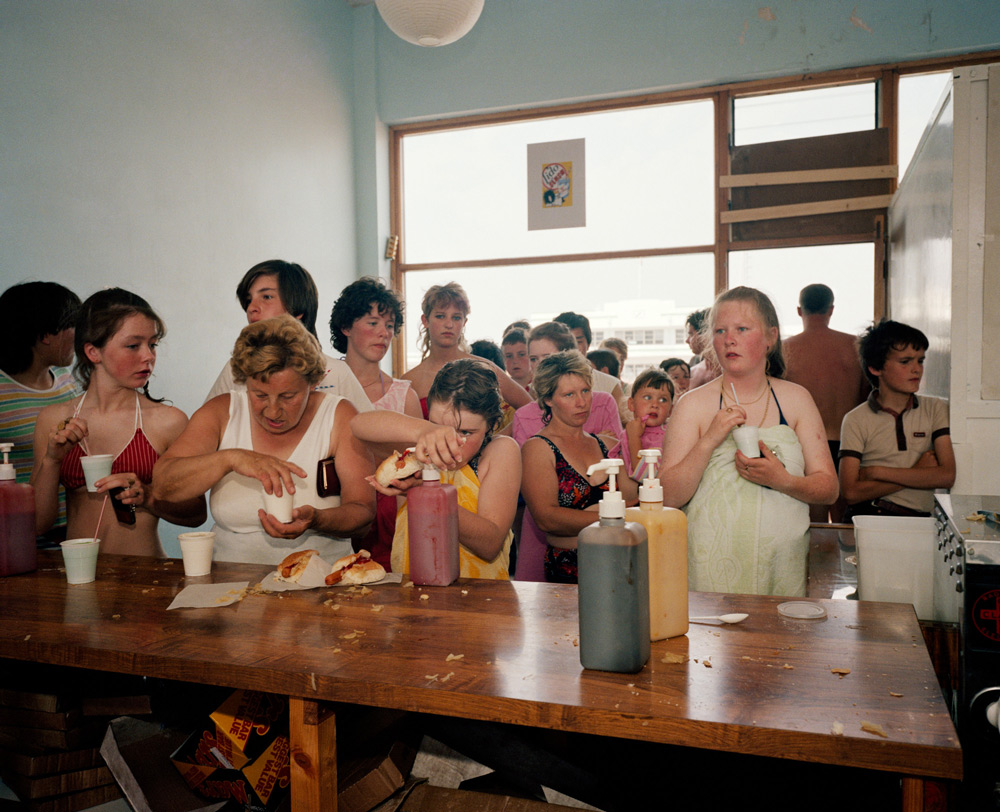
Martin Parr, Untitled (Hot Dog Stand), 1983–85
“There is a tenderness to Parr’s images of Britain, but this photograph is quite humorous. The Last Resort was his strongest body of work for me, where he manages to smash through certain British stereotypes as well as rely on them. It was really important to show the idea of the ritual, whether it be a birthday party or going to the cinema and having popcorn, or going to the beach and getting a hotdog.”
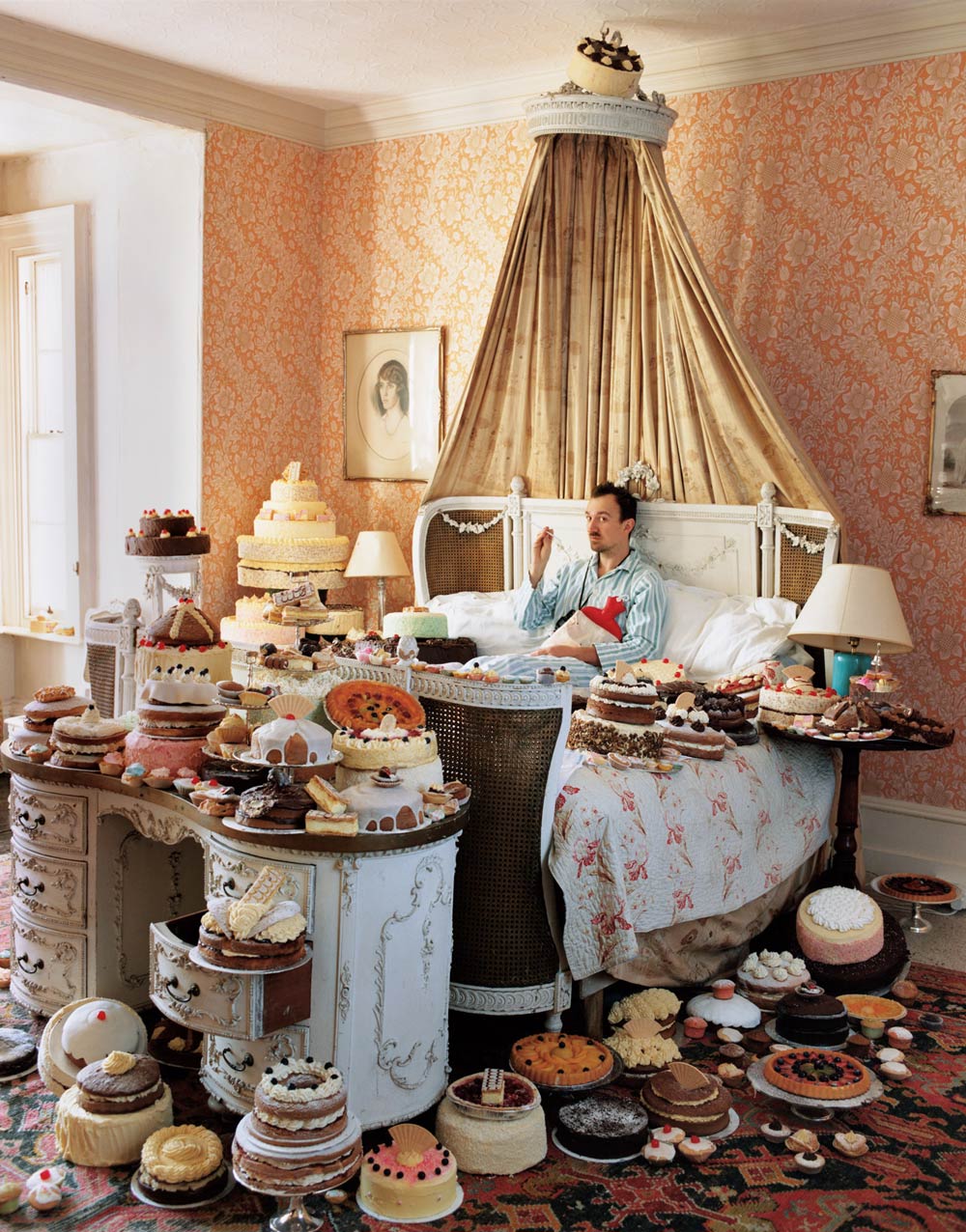
Tim Walker, Self-Portrait with Eighty Cakes, 2008
“Tim Walker manages to tap into the childlike quality in us. When you see a Tim Walker photograph you just know its him because he pushes fantasy further than anyone would in a very sweet way. It’s completely fantastical and joyful. He includes food in his photographs because it adds another layer of fantasy and narrative. It reminds me of kids stashing their sweets under the bed but he’s just putting it out there.”
Feast for the Eyes is out now, published by Aperture


